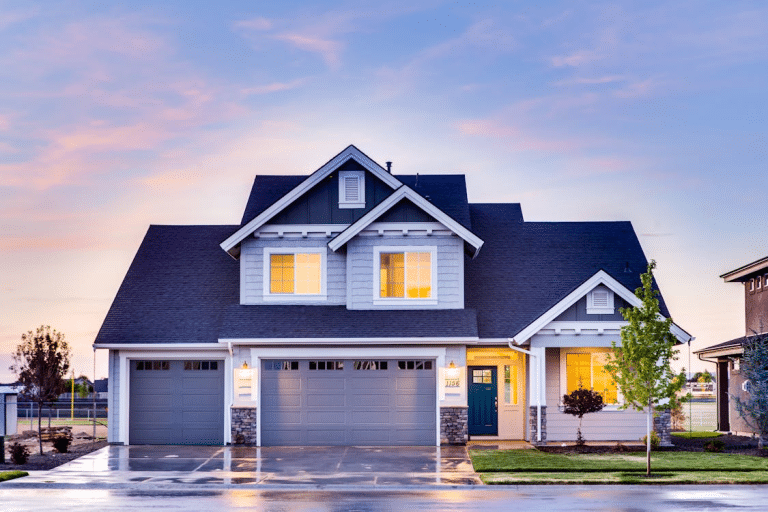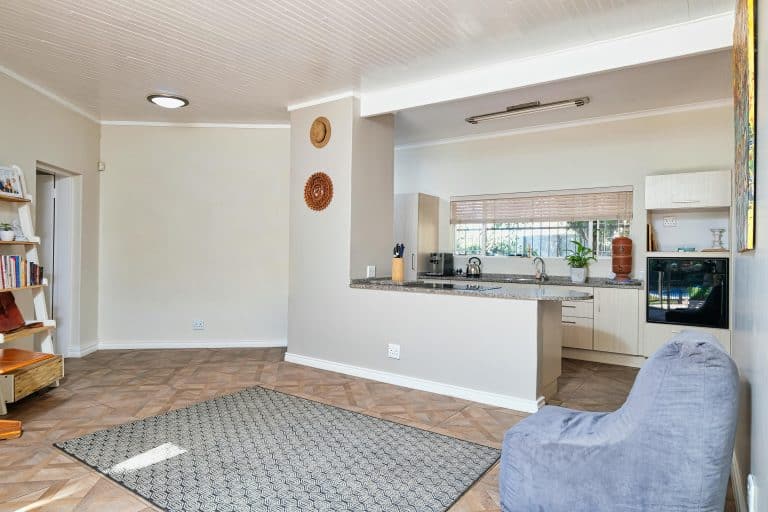Turning Your Fixer-Upper Into a Dream Home: A Step-by-Step Makeover Plan
There’s something magical about seeing the potential in an old house and imagining what it could become. Maybe you just bought a fixer-upper with great bones, or you’ve been living in a space that needs a serious refresh. Either way, with the right plan, patience, and a touch of creativity, you can turn that “before” into a stunning “after.”
Here’s how to take your home from worn-out to wonderful — without losing your mind or your savings along the way.
1. Start With an Honest Assessment
Before you start picking paint colors or scrolling Pinterest for hours, take a good, hard look at what you’re working with. Walk through your home and note what’s in decent shape and what’s not.
A professional inspection can help uncover hidden issues — like leaky roofs, old wiring, or plumbing that’s past its prime — so you’re not surprised later.
Make two lists: one for must-fix repairs (the things that affect safety or structure) and one for nice-to-have upgrades (like new flooring or updated light fixtures). Starting with a clear picture keeps your priorities straight and helps you spend money where it really matters.
2. Set a Realistic Budget and Explore Smart Financing
Once you know what needs to be done, it’s time to talk numbers. Renovations can get expensive fast — materials, labor, permits, and those inevitable “while we’re at it” moments. Build a budget that includes:
- Materials and labor
- Permit or inspection costs
- A 10–15% cushion for surprises
If your savings don’t stretch far enough, you might look into flexible financing options like personal loans to cover larger expenses. These can be a smart way to move forward on big projects without dipping into your emergency fund or refinancing your home.
The trick is to borrow wisely. Focus on renovations that add long-term value — a modern kitchen, updated bathrooms, or energy-efficient systems — instead of purely cosmetic upgrades.
It also helps to track your spending visually, whether it’s on a spreadsheet or a whiteboard. Seeing your budget in front of you makes it easier to make smart choices and avoid impulse buys that don’t align with your goals.
3. Design for the Way You Actually Live
Before you start choosing finishes or furniture, think about how you really use your space. Do you love hosting friends? Need a quiet office corner? Or maybe you dream of a big open space for family gatherings.
Designing around your lifestyle ensures your home feels like it fits you, not just a magazine spread. Collect inspiration from design blogs or mood boards, but adapt those ideas to your reality.
If your budget is limited, go for projects with big impact — fresh paint, new lighting, and refinished floors can completely change the vibe of a room without a total overhaul.
Your home should reflect your story. A well-loved, lived-in space always beats one that looks perfect but doesn’t feel like you.
4. Tackle One Room at a Time
Trying to renovate an entire house at once is a recipe for stress. Instead, break the process into smaller wins by focusing on one room at a time.
Start with areas you use the most — the kitchen, living room, or bathroom. Finishing those first gives you momentum and helps you stay motivated.
And when you complete a space, take a moment to enjoy it. Sit back, admire your progress, and remind yourself how far you’ve come. Every wall painted and every piece of trim nailed in place brings you closer to your dream home.
5. Know When to DIY — and When to Call the Pros
DIY projects are fun, rewarding, and can save a ton of money — but some jobs are better left to the experts. Painting, landscaping, and simple tiling are perfect DIY projects. Electrical work, plumbing, and anything structural? Not so much.
A good rule: if it could impact your home’s safety or resale value, bring in a professional. Balancing DIY with hired help keeps your project safe, high-quality, and budget-friendly.
Plus, working alongside experienced contractors can teach you new skills for future projects — a win-win.
6. Add Personality With Finishing Touches
This is where your fixer-upper really starts to feel like home. Once the major work is done, focus on the details that bring warmth and character — framed family photos, artwork, cozy throws, or plants that breathe life into a room.
Don’t rush this part. Let your space evolve naturally as you live in it. Sometimes you’ll realize that a corner makes a better reading nook than a storage spot, or that a gallery wall feels more “you” than empty walls ever could.
Your finishing touches are what make your house uniquely yours.
7. Enjoy the Journey
Transforming a fixer-upper isn’t just about tile samples and paint swatches. It’s about creating a space that tells your story — one step, one project, and sometimes one long weekend at a time.
There will be hiccups, delays, and moments when you question why you started. But those challenges make the final result even more rewarding.
So celebrate each milestone. Whether it’s finishing the first coat of paint or finally installing your dream kitchen backsplash, every bit of progress is worth a little happy dance.
Final Thoughts
Turning a fixer-upper into a dream home takes patience, planning, and a whole lot of heart. By budgeting smartly, designing intentionally, and embracing the process, you can create a space that’s beautiful, functional, and entirely your own.
Remember, perfection isn’t the goal—progress is. And every step you take brings you closer to the home you’ve always imagined.







